
This was a new site for me. It’s near Zaghouan. This is a pretty neat site.
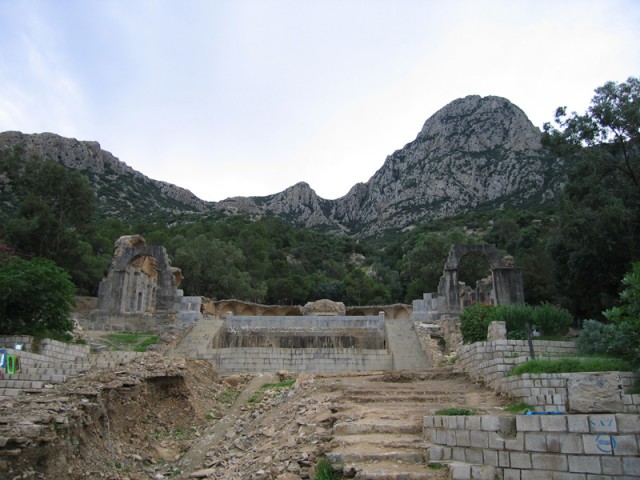
Okay so this picture is actually at Zaghaouan at the Water Temple.

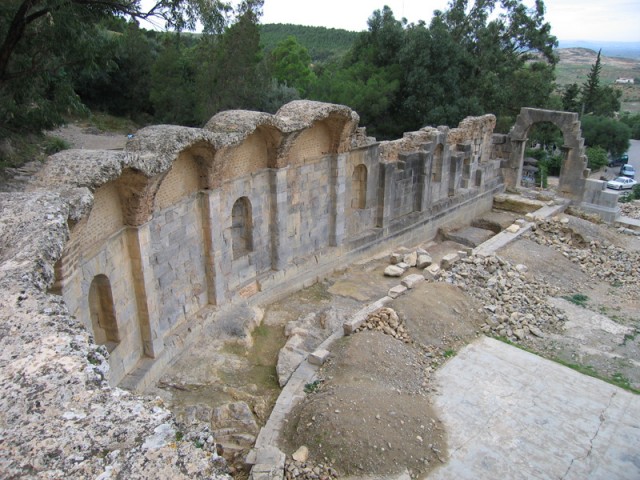
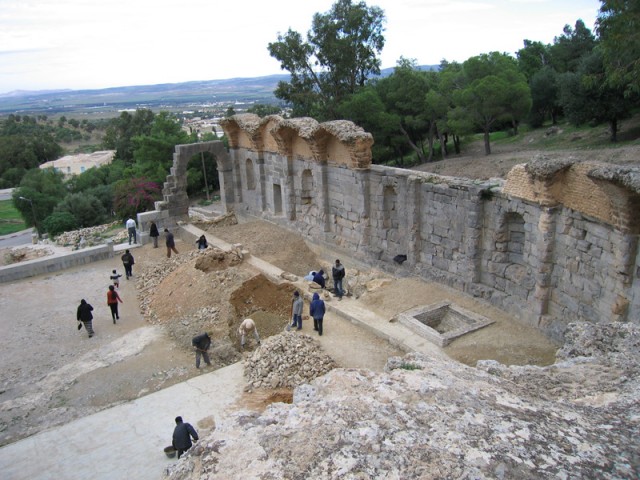

Thuburbo Majus.

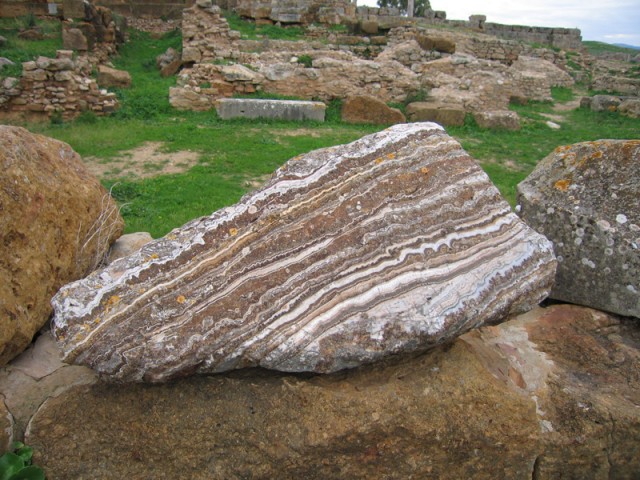

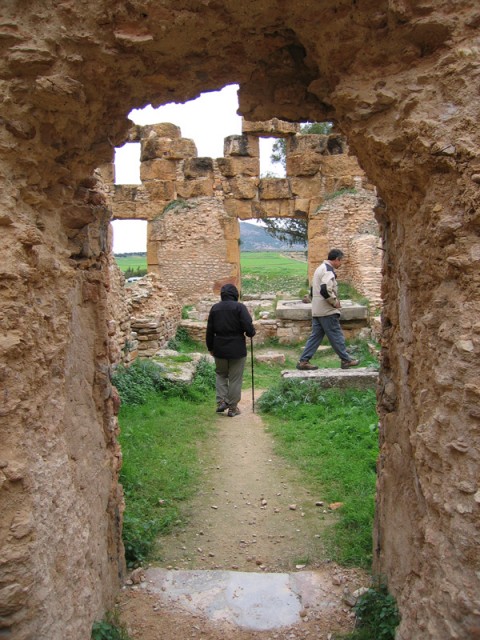





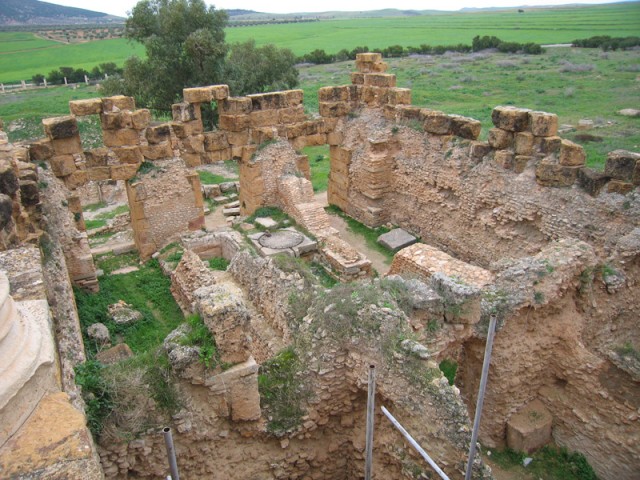
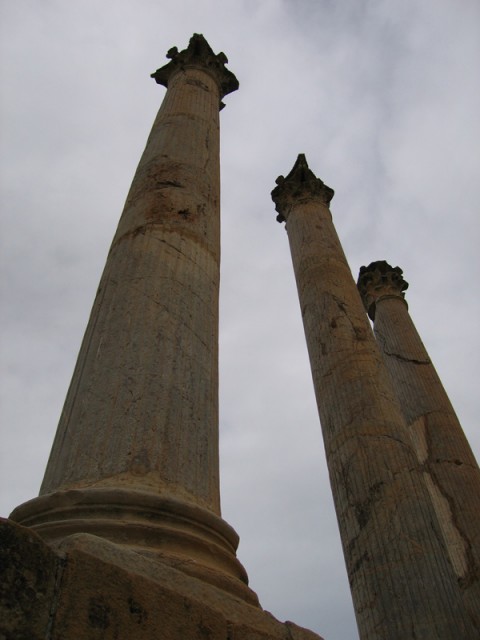


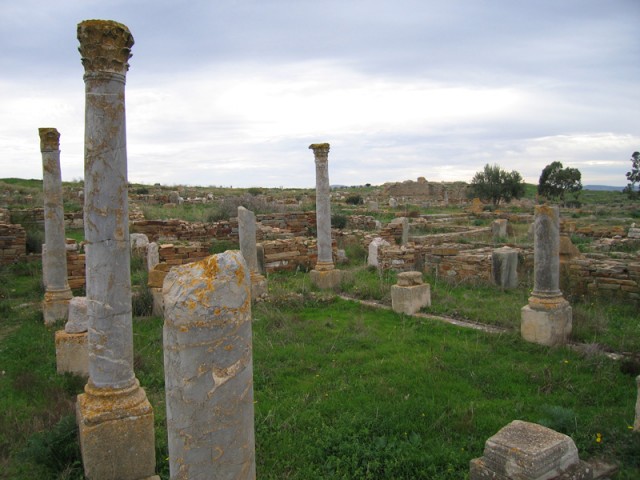

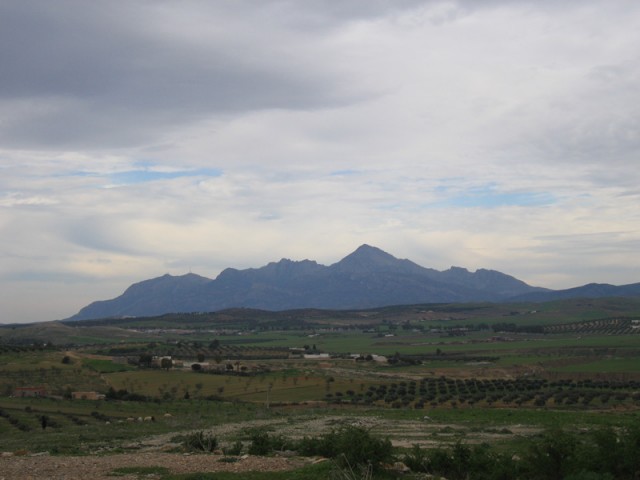

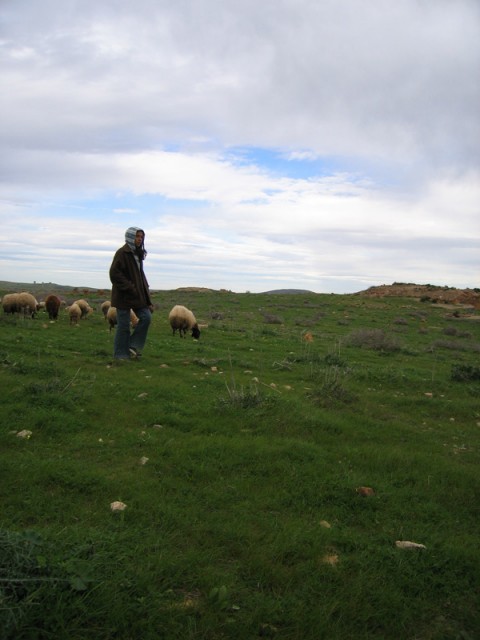

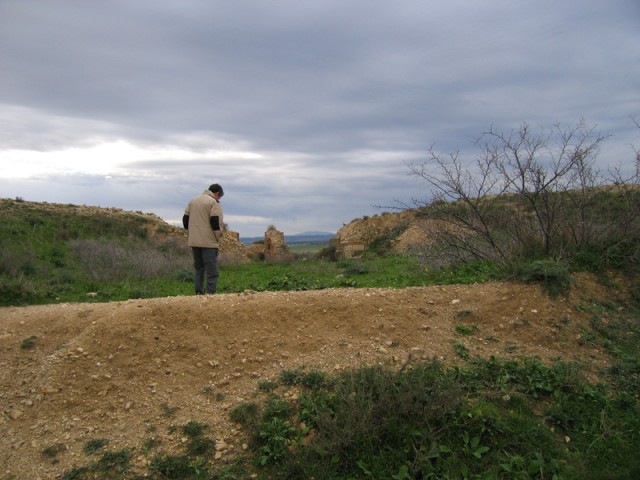



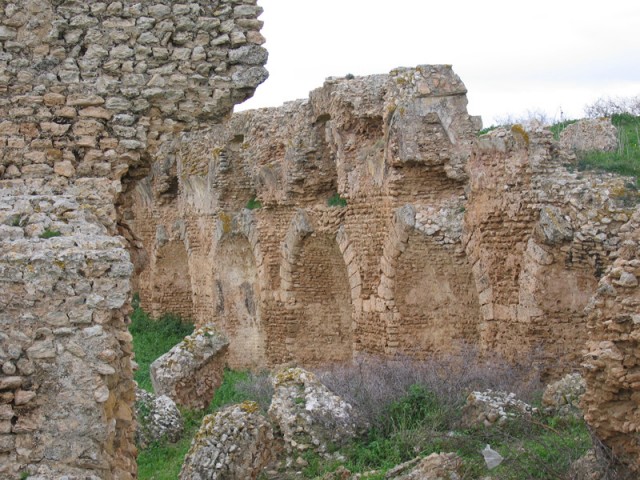
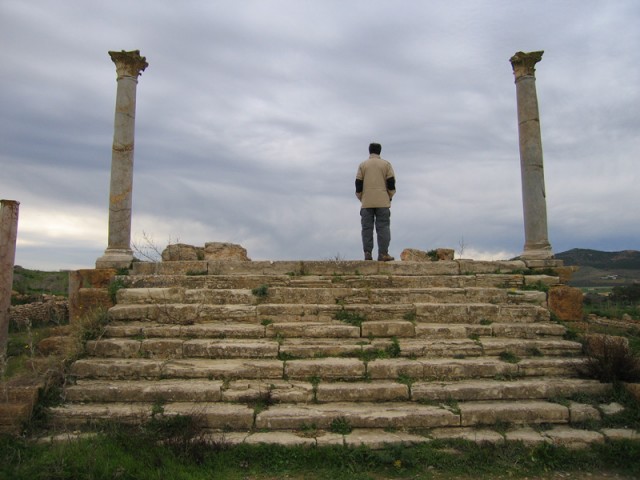
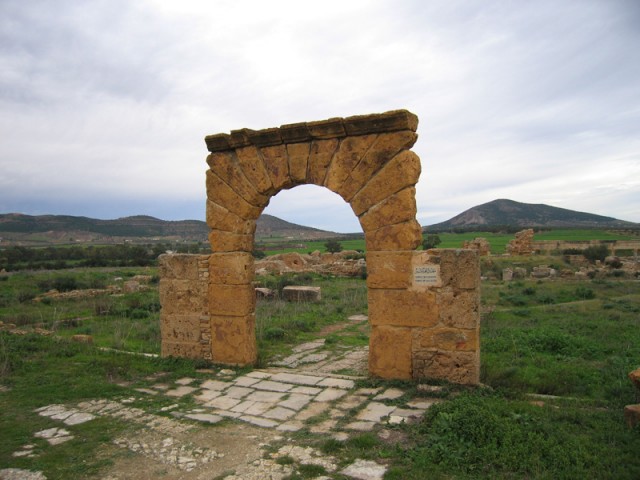
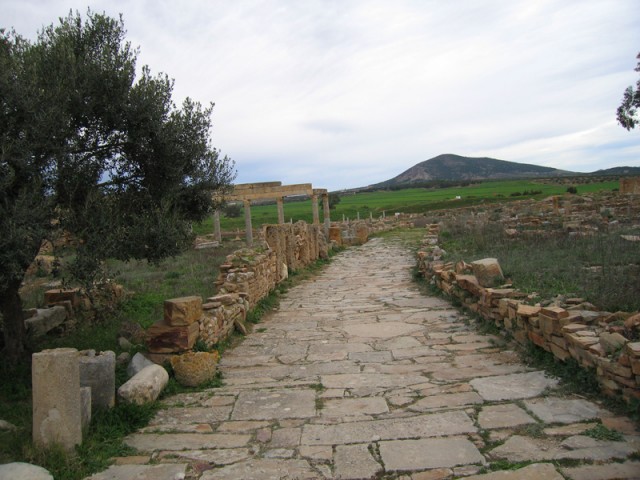
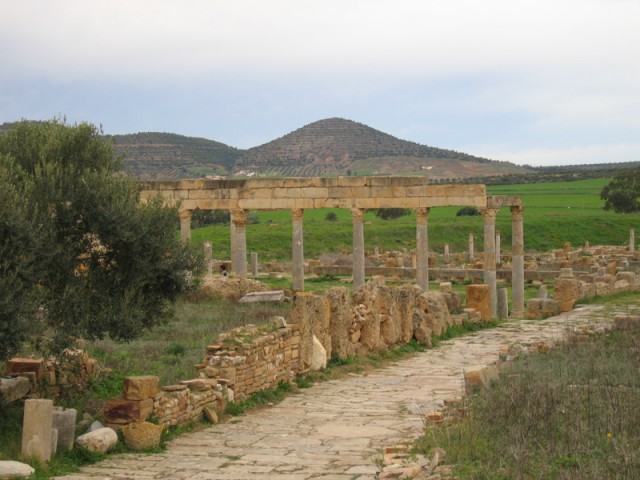


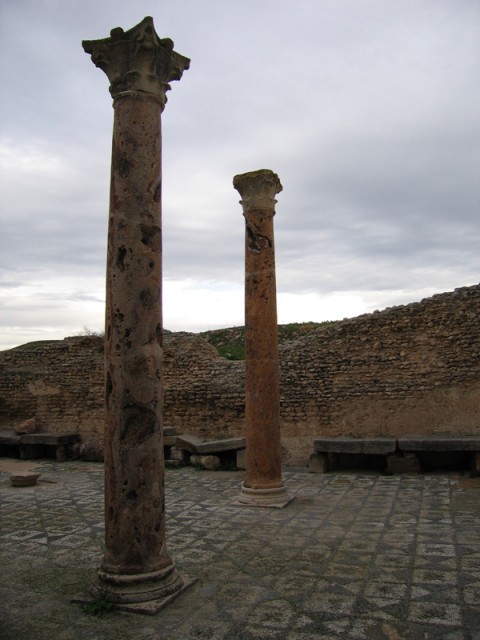
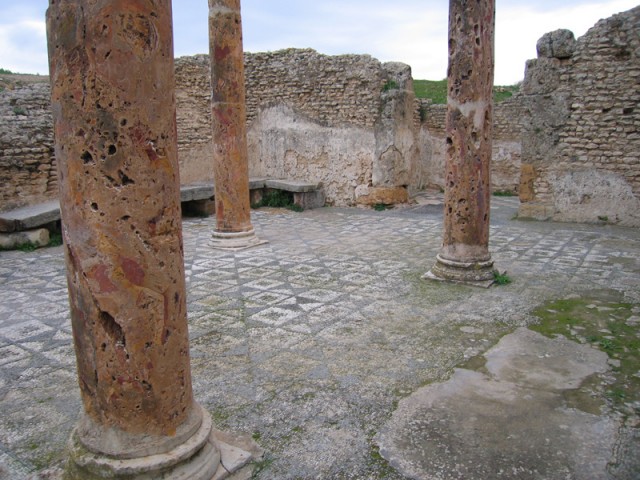



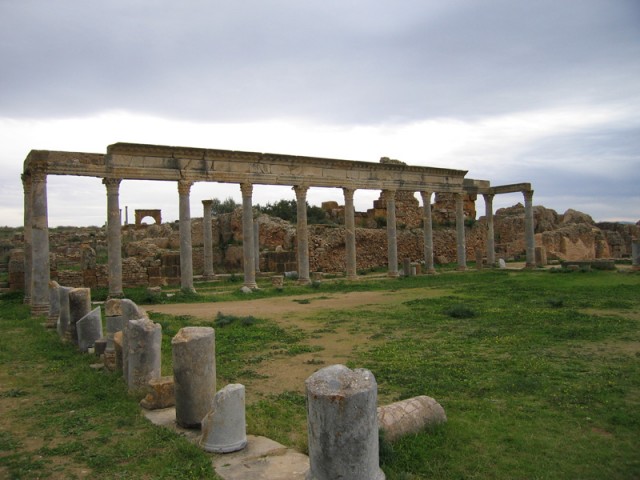


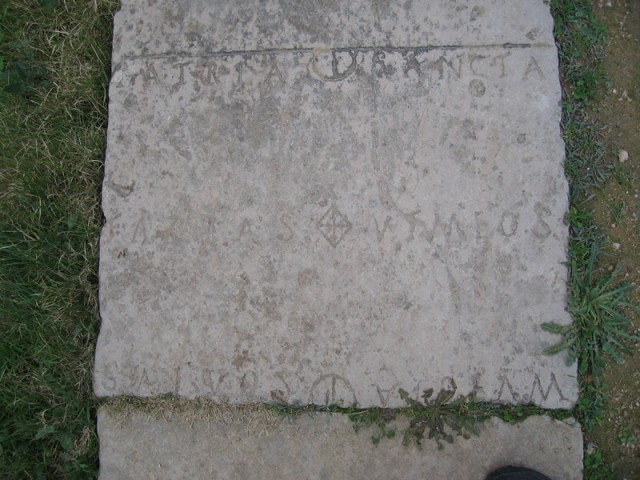
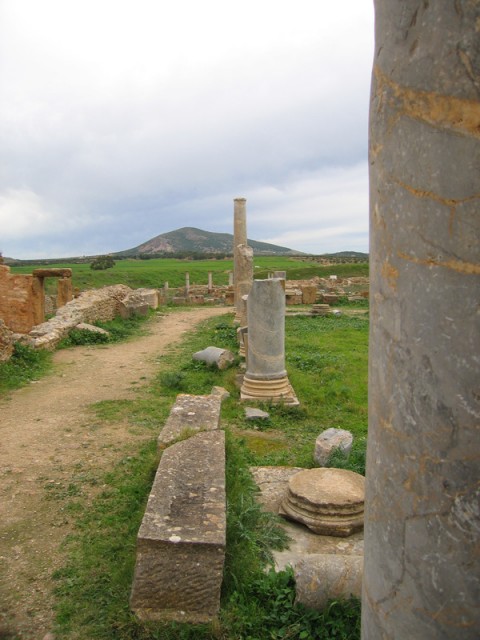

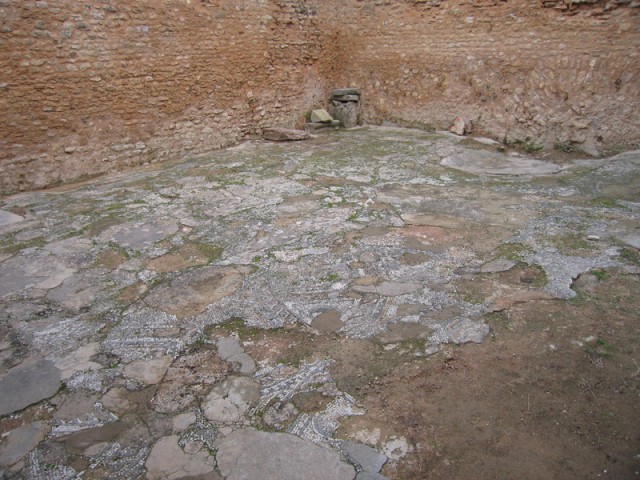


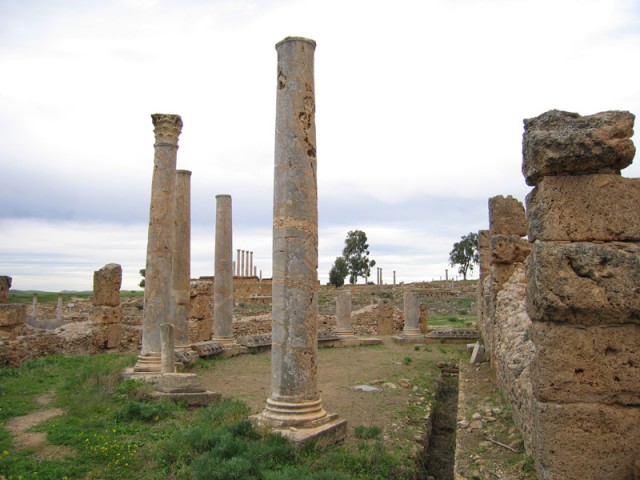

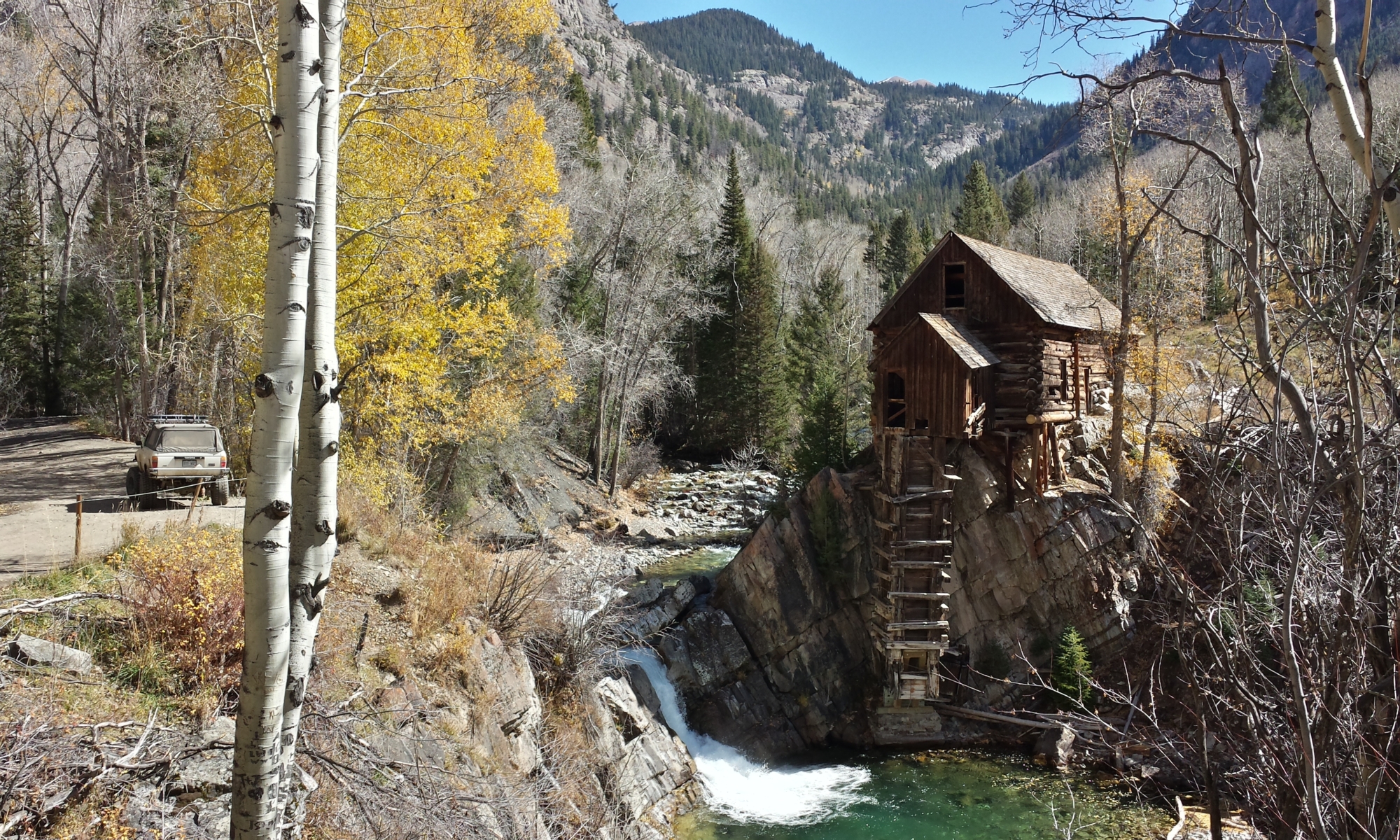
The personal and professional website of Douglas Van Bossuyt

This was a new site for me. It’s near Zaghouan. This is a pretty neat site.

Okay so this picture is actually at Zaghaouan at the Water Temple.




Thuburbo Majus.














































Of all the sites seen during our trip, the most interesting was of Anne falling down a hole at the Water Temple. There have been recent excavations at the site for what appears to be a new water collection scheme installed by the local branch of the water company. Anne chose to climb into one of these holes. It’s a good thing she didn’t choose one with water at the bottom!
The temple itself is surprisingly intact for its age and its proximity to the wetness of the spring for which it was built. As is custom at many such Roman temples, I poured a bit of water on the old alter at the head of the temple. Since the water company has stopped up all places to get water from the spring, I wasn’t able to drink from its cool bubbly depths. Maybe next time.
Whoever built the temple had an interesting design for the structure. It appears that the outer reaches of the building had a tight domed ceiling. The innermost part of the temple was open, most likely with a much larger dome over it. All that remains are a few bits and pieces of the outermost ceiling.
Approaching the fortified Berber village atop a steep hill, I was impressed with the placement of the structure. Though the ground could not be tilled and only cactus will grow on the flanks of the hill, the position is certainly sublime. It makes me wonder if the Berbers didn’t always live in such nice places even before the Arab invasions. There will always be a cool breeze in the summer, anyone approaching can be seen miles away, and all of the cropland can be surveyed from above in a few minutes. Plus, think of the great workout that the people who live there get!
The style and construction of the houses and buildings reminded me of the pueblo dwellings of the American Southwest. They have a striking resemblance to the pueblos on the Hopi mesas in Arizona. Even the blue windows are similar. The cafe at the top, while overpriced, was truly wonderful. It was so peaceful that I felt like staying three days. Even with the immense cement plant in the distance, the place was serene and tranquil. The museum was even pretty good!
Unfortunately our trip to Kairouan didn’t cover all the sites of the city. We never got all the way to the Great Mosque. Instead, we saw the old water storage system built by the first Arab settlers, the mosque of Sidi Sahab, the carpet museum, and a small chunk of the medina.
The water system was very interesting; especially with some of the background reading I did prior to my trip to Tunisia. Evidently, there were as many as 14 of the larger pools and many smaller settling ponds for water coming from an aqueduct that extended quite a distance from the nearest springs. It also appears that surface runoff from a large area was captured and stored in the same system. The original builders though that the proximity of the storage tanks to the city would help cool the city in the summer. In the center of one of the tanks there was a small island of stone setup to allow the rulers to recline amid the water. Unfortunately for the townspeople, the water storage system was a constant source of mosquitoes and malaria. Also, there were probably many frogs and fish which, no doubt, some locals took advantage of. The difference between the old and the new water systems is nonexistent save for slight chlorination. The new waterworks aren’t but a stone’s throw away from the old.
At the Mosque of Sidi Sahab we got our first real taste of Islam in Tunisia. Sidi Sahab was one of the companions of the prophet. He is often called the prophet’s barber as he always carried three pieces of the prophet’s beard with him at all times – one hair under his tongue, one on his right arm, and one next to his heart. The mosaic work, cedar ceilings, and egg stucco work was very reminiscent of Moroccan Mosques and tombs. The only difference is in the quality of craftsmanship. I still believe Moroccans to be superior craftsmen in the arts of mosaic, egg stucco, and cedar ceilings. I suppose one country can’t be the best in everything though! Tunisia certainly has the market cornered on the most westernized society.
The rug museum was but a speed bump on Giovanna’s primary goal of the trip, shopping! It was good though that we went to the rug museum. We got to see all of the different styles, many very old rugs, the looms with which they weave handmade rugs, and many other interesting things. It appears to be an underutilized resource of the tourism industry in Tunisia.
At the souk, the prices were truly outrageous. Maybe it was the way Giovanna and I were dressed or maybe we just looked rich, because prices were jacked up way beyond what they normally should be. In fact, we didn’t buy anything! I had a good time playing Giovanna’s “husband” while shopping. It also was a good thing I accompanied her as she almost got run over five different times by different mopeds and scooter bikes. The people of Kairouan aren’t quite as nice in the souk as they are in Tunis. Maybe this is a result of so many tour busses disgorging into the souks and the great white whales having more time than money. Either way, I’ll be shopping in the medina in Tunis with Giovanna in the near future.
All in all, it was a good trip with lots of interesting sites.

The Nymphaeum in Zaghouan is of a typical Roman construction. The central chamber — where the water springs forth, contained twelve niches in the walls where twelve statues representing the twelve months of the year once stood. Even after the decay and collapse of the aqueduct to Tunis, the town of Zaghouan was supplied with free plentiful fresh, cool water still being piped to community fountains by means of the original Roman pipe system.
Several years ago, the water authority came through town, capped off all of the old fountains, and diverted the water from the spring into the Tunisian national water infrastructure system. Now the citizens of Zaghouan must get their water from the central pipes just like everyone else in the country. I suppose that’s the price of progress.
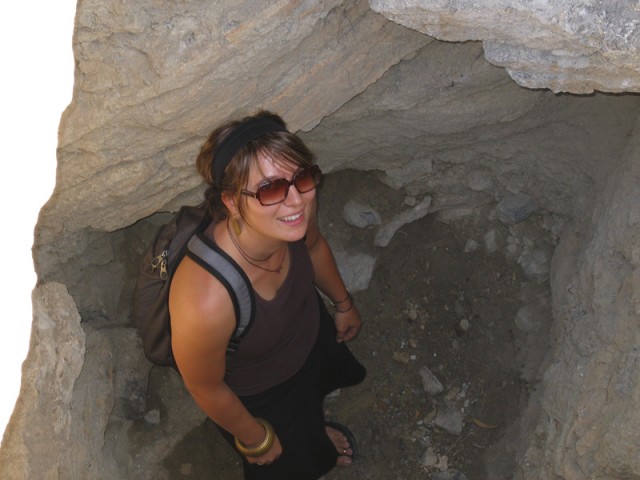
Pits were dug around the perimeter of the center chamber for unknown reasons. Anne decided to climb down one of the excavated holes. On the way up, a rock gave way. She fell back down into the pit, skinning her knee in the process. In total, the hole was around eight feet deep.